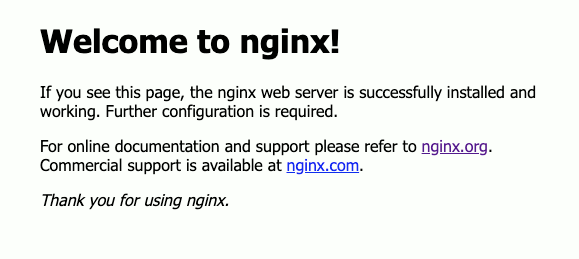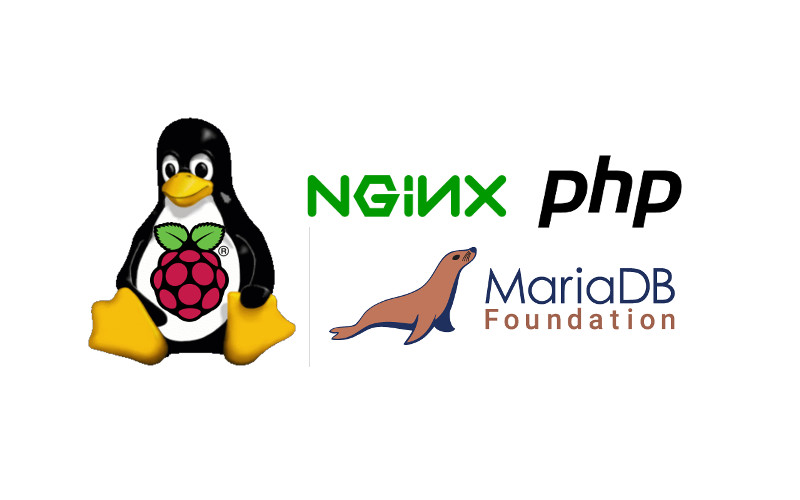How I repaired one of my corrupted git repository on gogs git server
While trying to commit my codes to my Raspberry Pi gogs git server, I got a rejection:
! [remote rejected] master -> master (missing necessary objects) error: failed to push some refs to 'http://192.168.1.115:3000/org/a-project.git'
In addition to that, I got a HTTP 500 when I try to view the repository details page via the dashboard.
Since I can view my other repositories on my gogs git server, something must be wrong with a-project.git.
Given that, here are the steps that I took to rectify the issue.




Follow us